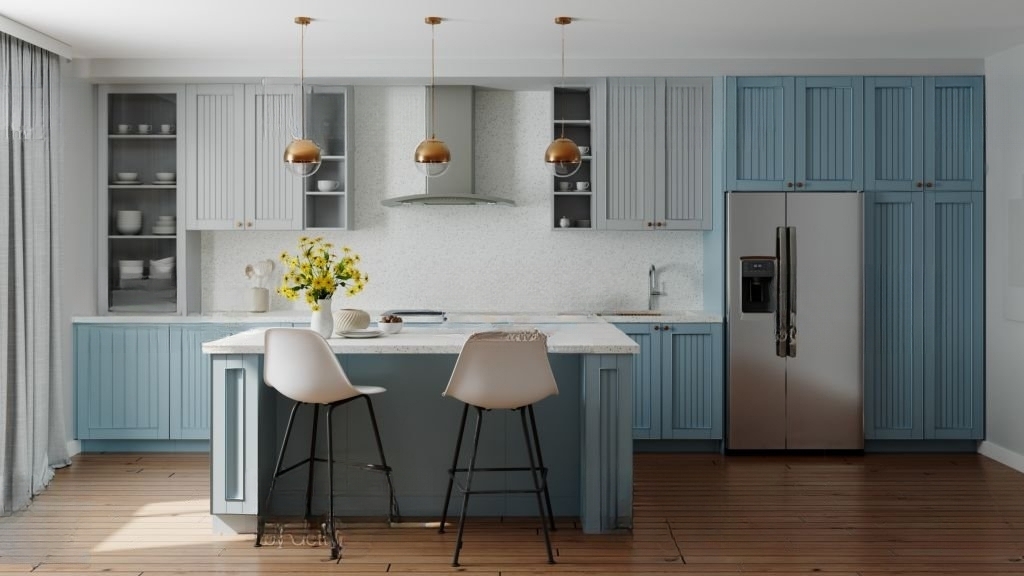Virtual reality (VR) can greatly benefit home decoration and design by providing immersive and interactive experiences that allow homeowners, designers, and decorators to visualize and plan their spaces. Here are some ways VR can help in home decoration and design:
- Virtual Room Visualization: VR enables users to virtually walk through and explore a space before making any physical changes. 3D animation allows homeowners to visualize different furniture layouts, wall colors, flooring options, and decor choices in a realistic 3D environment. This helps in making informed decisions about design elements and spatial arrangements.
- Realistic Material and Texture Representation: VR can provide a realistic representation of materials and textures. Users can view different options for flooring, wall coverings, fabrics, and finishes, and see how they would look and feel in the virtual environment. This helps in selecting the most suitable materials and ensuring cohesive design aesthetics.
- Lighting Simulation: VR can simulate different lighting conditions to help homeowners and designers evaluate the impact of natural and artificial lighting on the space. Users can experiment with various lighting fixtures, brightness levels, and color temperatures to create the desired ambiance and highlight specific design features.
- Virtual Furniture Placement: With VR, users can virtually place and arrange furniture in a space to see how it fits and functions. This allows for better spatial planning and avoids costly mistakes in purchasing furniture that may not work well in the actual room layout. It also helps in optimizing traffic flow and maximizing available space.
- Design Collaboration: VR facilitates collaboration between homeowners, designers, and decorators. Multiple stakeholders can enter the virtual environment simultaneously and discuss design options, make real-time changes, and provide feedback. This streamlines the design process, fosters communication, and ensures everyone is on the same page.
- Customization and Personalization: VR can assist in customizing and personalizing spaces according to individual preferences. Users can experiment with different design elements, colors, patterns, and styles to create a unique and personalized home environment. This promotes creativity and allows homeowners to make informed design choices.
- Cost and Time Savings: By utilizing VR, homeowners and designers can avoid costly and time-consuming mistakes. Virtual design exploration and visualization help in making confident decisions upfront, reducing the need for costly design revisions or changes during the implementation phase. This leads to cost savings and a more efficient design process.
Overall, VR revolutionizes the home decoration and design process by offering a realistic and immersive experience. It empowers homeowners and designers to make informed choices, visualize design concepts, and create personalized spaces that align with their vision and preferences.










